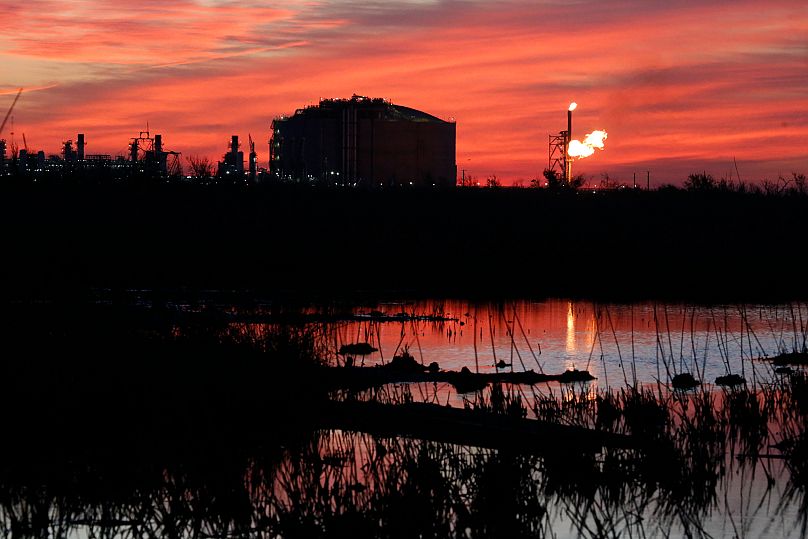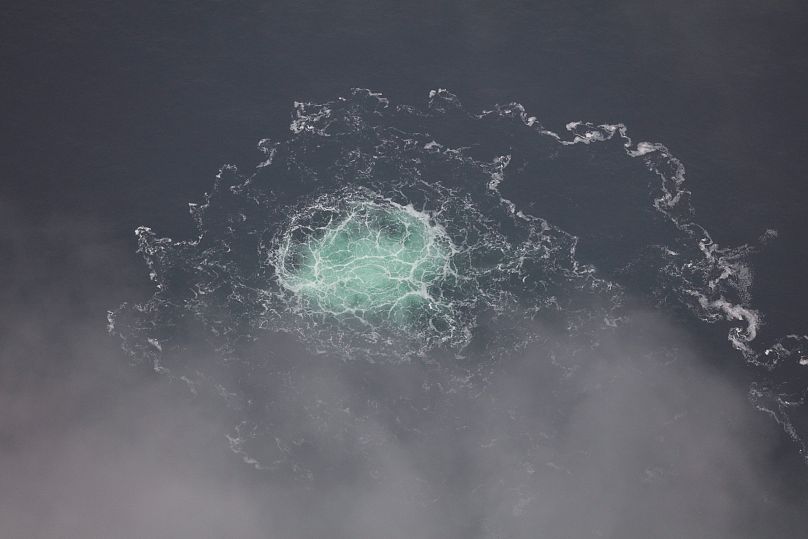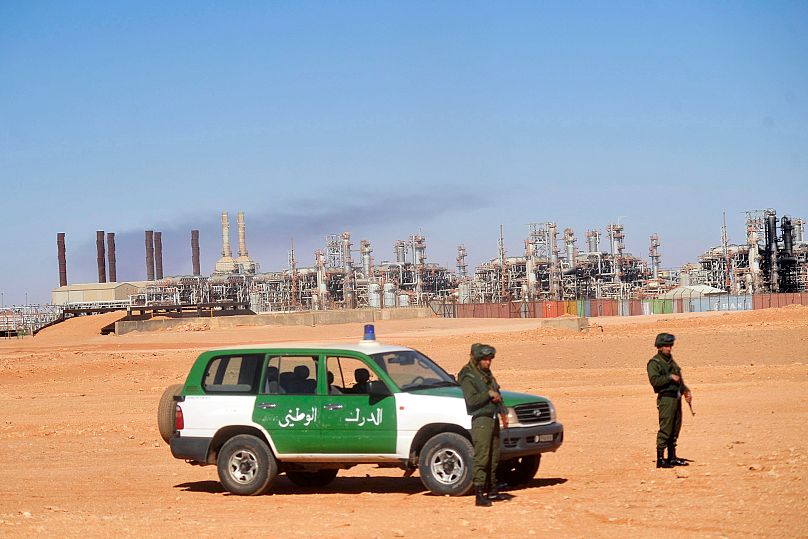The first quarter of 2025 has marked a significant shift in EU gas imports.
For the first time, the bloc seems to be importing more liquefied natural gas (LNG) than natural gas through pipelines: 8.4 million tonnes compared with 8.2 million tonnes, according to Eurostat data.
The quantity of LNG imports soared by 12%, compared to Q1 2024, which also meant a sharp increase in money spent on these imports. This figure soared by 45%, totalling €5.3 billion.
This shift was driven by the recent expansion or reactivation of LNG regasification facilities in countries like Poland, Finland, the Netherlands, Germany, Croatia, Italy, Belgium and Greece following the 2022 full-scale invasion of Ukraine.
More expensive and questionable environmentally: the dark side of LNG
LNG implies higher upfront operational costs because it needs to be frozen to -162°C to be transported, becoming 600 times smaller in volume before it's regassified.
Also, transporting it requires specially equipped trucks or cargo ships, which have a much bigger environmental impact than common pipelines.
A study by New York's Cornell University quantified LNG's carbon footprint as 33% higher than coal.
"The emissions of methane and carbon dioxide released during LNG’s extraction, processing, transportation and storage account for approximately half of its total greenhouse gas footprint," says the study's author, Robert Howarth.
Compared to pipeline gas, the International Energy Agency claimed LNG has a 67% larger carbon footprint (12 g CO2/MJ pipeline vs 20 g CO2/MJ).
However, the International Energy Agency (IEA) insisted that there's room to bring emissions down by about 60% by reducing leaks and flaring, as well as using carbon capture.

Why was the EU forced to resort to LNG?
LNG is an extremely flexible resource, due to the possibility of signing short-term contracts, allowing for quicker adjustments to market downturns and volatility.
The fact that importing LNG doesn't require pipelines also makes it more resilient to logistical issues like infrastructural damage or blockades, mitigating the impact of geopolitical shocks.
The EU used to import a lot of natural gas from Russia via pipeline, but that dramatically changed after the full-scale invasion of Ukraine.
First, Moscow shut down its Nord Stream 1 pipeline to Europe, which was also badly damaged, later, in an underwater sabotage by unknown attackers, along with Nord Stream 2 (which was never launched).
Additionally, almost no Russian gas is coming to Europe through Ukraine, as Kyiv didn't renew the necessary transit contracts in January.

Russia remains the EU's second LNG provider after the US
The share of Russian natural gas in total EU energy imports fell dramatically from 41% in 2021 to around 18% in 2024, according to EU Commission data.
Faced with pipeline cuts, the EU was forced to pivot to liquefied gas.
In 2025, the US continues to be the EU's largest LNG partner, accounting for just over half of all imports in value (50.7%), followed by Russia (17%) and Qatar (10.8%).
Russia's imports, however, are still relevant, and the EU can't afford to cut them completely just yet.
The bloc opted for sideline measures like a ban on future investments in LNG projects in Russia as well as a ban on the use of EU ports for the transhipment of Russian LNG, and on the provision of goods, technology and services for Russian LNG projects.

Recently, the EU set 2027 as its deadline to stop all Russian energy imports, including LNG.
Whether it will meet it or not, member states are rushing to diversify their gas partners, primarily boosting pipeline imports from Norway — which sells the EU over half of its natural gas imports — Azerbaijan and Algeria.
Germany backs extraction agreement with the Netherlands
"Energy prices are higher in the EU than in most other industrialised economies, presenting a fundamental competitiveness challenge," a recent Bruegel report read.
Countries like Germany and Romania are responding by launching plans to boost gas extraction.
On Wednesday, Berlin backed a cross-border agreement with the Netherlands for cross-border extraction in the North Sea.
Bucharest is headed to the Black Sea with an ambitious project called Neptun Deep.
This marks Romania's biggest energy project in two decades, and should become operational in 2027, to exploit the estimated 100 billion cubic meters of gas reserves.
In Q1 2025, the EU spent 19% more on natural gas imports compared to the same period last year, although it bought 12% less in quantity.
Regarding all energy imports, Eurostat notes that costs "increased slightly by 0.3%, while the volume decreased by 3.9%".







